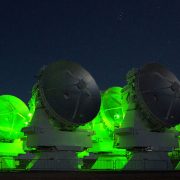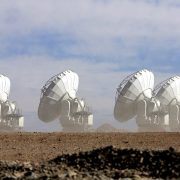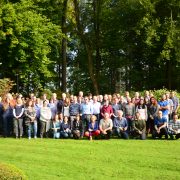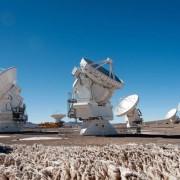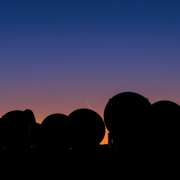New Science Verification data available: High-resolution observations of HL Tau in Band 4
New Science Verification data are now listed on the Science Verification data page (source no. 15 on the list: HL Tau).
The observations are:
HL Tau high-angular resolution (~50 mas) observations in Band 4 (continuum-mode) with the 12-m Array
The raw data, calibrated data, reference images and reduction scripts are available for download here.
The original announcement can be found in the ALMA Science Portal.
Image: ALMA image of the young star HL Tau and its protoplanetary disk. This best image ever of planet formation reveals multiple rings and gaps that herald the presence of emerging planets as they sweep their orbits clear of dust and gas. Credit: ALMA (NRAO/ESO/NAOJ); C. Brogan, B. Saxton (NRAO/AUI/NSF)


